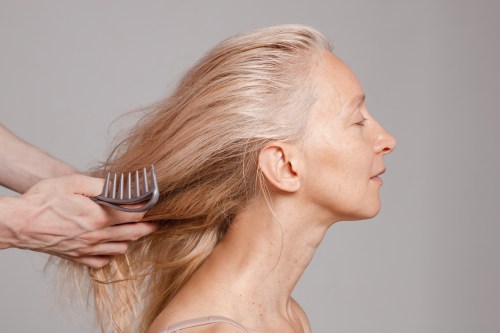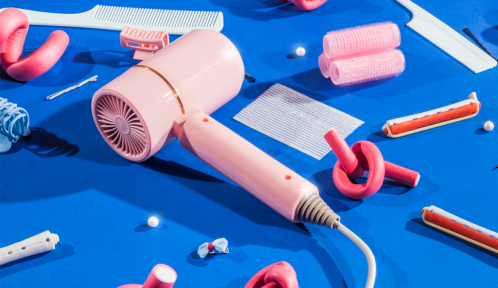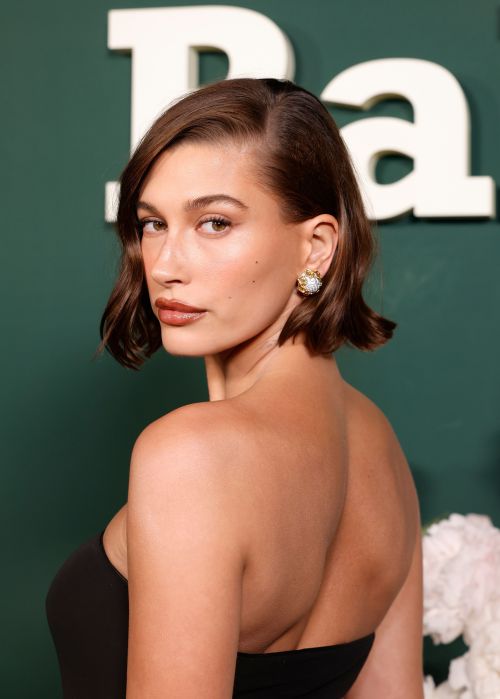How Long Should I Leave Braids In? Expert Tips To Care for Natural Hair When You Can’t Go to a Salon
Social distancing means we can't go to professionals to get our hair braided. Keeping hair health in mind, how long should I leave braids in?

I live my life in protective styles. Wigs and braids are my go-to, not just because I like how they look, but also because I hate doing my hair. I’m not very good at it, and I don’t care to be. But this attitude is presenting some challenges during this time. While social distancing means that we’re taking the necessary steps to control the spread of a pandemic, it also means that I can’t go to a professional to get the braids under my wig redone. And I’m terrible at braiding my own hair. But how long should I leave braids in?
Ursula Stephen, hairstylist to celebrity clients like Zendaya and Tiffany Haddish, says that when it comes to getting better at general maintenance and skills like braiding, now is the perfect time. But, don’t expect to turn into an expert overnight.
“If you can’t braid at all, I can’t teach you,” she says. “That’s a skill that some people can do, and some people can’t. You can look on YouTube and somebody can teach you how to braid, but that doesn’t really mean you’re going to know how to do it.”
If you already have braids in, Stephen says that in times like these, you can stretch your style past the typical six-week mark, depending on your hair type.
“It’s a matter of just checking in with your hair and seeing how your hair holds up,” she says. “People who have really strong thick hair, they can keep braids in for a really long time, and it won’t bother their hair line or edges or cause a problem. But that those who have thin hair can’t really take it, and they will have to take it out after those six weeks.”
But three months is the longest you’d want to keep your braids in. “Sometimes after that it can get a little dangerous because it could start to break off, dread, and knot up,” says Stephen.
Lacy Redway, Nexxus style and trends curator and celebrity stylist, suggests an even shorter timeline. She says eight weeks tops, especially if you have bigger braids, which won’t last as long as smaller ones. “When your braids start growing out and displaying a lot of new growth, it’s usually an indication you need to take them out,” she says.
It’s important to keep your braids hydrated, especially if your braids include synthetic hair. “You should definitely moisturize and over condition, because synthetic hair can be very drying to the hair,” says Stephen. “The longer you keep it, the higher risk of it getting dry.” She says to mix penetrating oils like avocado or olive oil with a leave-in conditioner or curl cream, and place them in an applicator bottle. This will make it easier to get the product between and into your braids.
Depending on how well you prepped your hair for braids, when you got your braids installed, and how much longer it is before things return to normal, you’ll have to take out your braids eventually. If you’re like me and want to keep your hair flat under wigs, I find flat twists to be easier than cornrows, but still a bit difficult. The easiest way around this is to just pull your hair into a low pony tail.
“The idea is to just have something that’s flat underneath the wig. That could be braids, that could be a low pony tail,” says Stephen. “If you can’t braid, brush it back into a really low, tight ponytail and put a stocking cap on it.” Be sure to take the pony tail out when you’re not wearing the wig to release the tension on the nape of your neck.
Even though you’re not spending much time outside, Redway says you should still take the time to wash your hair. “It’s important to maintain a healthy hygiene and also a healthy scalp,” she says. Keep up with the same wash routine you have normally. “Washing typically varies on how quickly your scalp builds up with oils and or products. Once a week or every other week can be doable for some.”
If your ends need to be trimmed, Stephen says to place a leave-in conditioner or split-end sealer on your ends, and to keep brushing and combing to a minimum.
While you’re on this journey of taking car of your hair, Redway cautions not to take things too far. “I don’t suggest for us all to become kitchen beauticians or experts with tools we are unfamiliar with,” says Redway. “This would be a great time to focus on the health of your hair and to continue to hydrate and moisturize. Leave all the cutting and chemical processes to the experts you will see outside of quarantine.”
Sign Up for Our Daily Newsletter
Get all the latest in wellness, trends, food, fitness, beauty, and more delivered right to your inbox.
Got it, you've been added to our email list.










